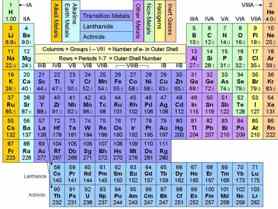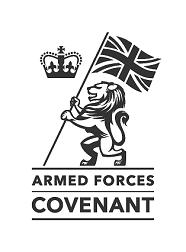|
|
|
Our Library...
The Internet and the powerful search engines have resulted in most research establishments refocusing from
internal libraries to either use extensive online libraries and technical search facilities or use the Internet and other
online sources. The British Library, Science Museum, Imperial War Museum and The Royal Institution have extensive excellent research resources available to all. Whilst some might say ADM Shine Technologies Ltd having a paper-based library is quaint and perhaps unnecessary in the 21st century, we don't. We
have some technical sources which are now very difficult to get hold of, yet still technically relevant, and some of these
reference books go back to the late 1970s and early 80s. We have a modest 1,200 to 1,500 books plus the double again in periodicals
and technical journals. These cover a wide gamut of science and engineering subjects, geography, history and military
operations and technology. It is obvious though looking at this reference set that the core is that of electronics, RF, telecommunications
and data networks. The next obvious grouping is that of the wealth of reference in military operations, cryptography, combat
strategies and technology. Aircraft systems and avionics... Technical diving systems... the groupings go on until you hit
upon a tome of detailed maps of the many European towns and cities as well as the UK. Why have such a diverse
reference when 20% is less than five years old and the rate and pace of change is so high technologically? A good question
but then if you want to operate in the leading-edge of technology it is wise to understand the current and how it came about.
It is also wise to understand what is inaccurate or nonsense on the Internet; worse still data sheets for components
are sometimes lacking in the kind of information that less than a decade ago was a standard feature. As we
have grown and moved the library, three people in the team have often complained that the two tonnes of books and periodicals
to move is not fun and with each year it is growing, some years by as much as one quarter of a tonne. We look
each year at this resource and how best to maximise the value of it to the Company and make better use of it digitally (as
in cataloguing not digitising), and we strive to equally ensure reliance on the data is not superseded by advances or subtle
changes a supplier has made to a component or device. Hence even our designs have traceability at the heart... Standards
are crucial to effective Innovation. Research & Development and Manufacturing (as well as underpinning all aspects of our business). We use extensive libraries for such; BSI, ETSI, Mil(DSP), FCC, ITU, ISO/TC, ANSI, IHS_store, IEEE, IEC, DIN, VDE, SAE, EUROCAE, EASA, ASTM, IPC, NEMA, JEITA, CE, CE_practical_advice, IMO ~ SOLAS, IMCA, WEEE, RoHS & Battery Waste, Battery Standards, Harmonisation_Standards, UK_MoD_ASG (AOF), Accu ~ E standards, ESA ~ Space_Engineering, including closed-issue military standards and many more... We cover a very wide range of disciplines
and skills and hence professional organisations (who have in turn extensive wealth of technical publications and library resources
to hand) such as IET, IOP, RSC, IEEE, ITP, BCS, RAENG, IOA, BIR, IMarEST, IBMS, RIN, IMF, Philosophy, RI, IMECHE, IMA, NANO, ICE, CIOL, IEXPE, SEMI, A D S, AERO, NASA, ESA, ASTOS, UKSA, DARPA, DSTL, RUSI, Wilton Park, Chatham House, Science Council, CERN and Diamond Light Source to name a few; NATURE and NEW SCIENTIST remain invaluable sources of scientific and technical insight. Day to day the BBC offer very good news (and RSS)
feeds for Technology, Science & Environment and the consumer technology show CLICK. Three of the most viewed websites on our extensive firewall logs are the Hubble Telescope gallery
at HUBBLESITE, Bletchley Park (Station X) and the Booz Allen Hamilton report on the safety of the Internet/digital infrastructure. THE CURRENT UK THREAT LEVEL PAGE >
The UK Cabinet Office, The Foreign & Commonwealth Office and The Home Office represent the very latest policy and publicly available reference on germane subject matter.
Enter content here Enter content here Enter content here |
AREA17: real policy, real information, real research matterial - accurate, timely and traceable




